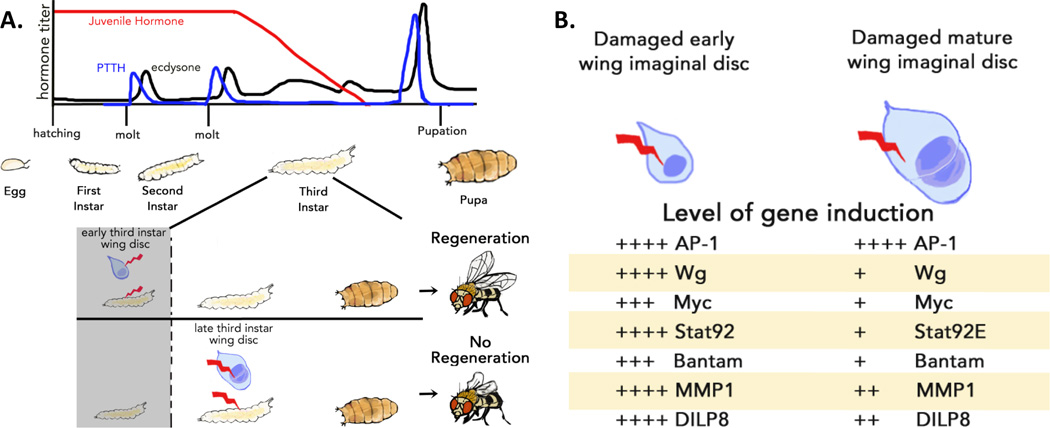Figure 2. Developmental progression at the end of the larval period limits the regenerative capacity of imaginal discs.

(a) Above: The larval stages of Drosophila development. Drosophila larvae proceed through three larval instars. The transition between each instar is mediated by a larval molt, which is stimulated by pulses of the steroid hormone ecdysone (black) that are stimulated by pulses of PTTH (blue), produced in the brain. Juvenile Hormone (red) is expressed early in larval development to ensure that early ecdysone pulses produce molts instead of an exit from larval development. The larvae demonstrate regenerative ability in their imaginal discs throughout development until late in the third larval instar. Below: An expanded illustration of the third larval instar. Prior to the end of the regeneration competent period of larval development (shaded) damage to imaginal discs can be effectively repaired through regeneration (top). In contrast, damage (bottom) to larvae that have passed the end of the imaginal disc regenerative period (<24 hours before the ecdysone pulse that terminates larval development; unshaded) produces an attenuated regenerative response, resulting in damaged adult tissues. (b) Several pathways that are activated by damage in early imaginal discs are attenuated in mature discs. These include the JNK pathway (AP-1), wingless expression (Wg), myc expression, JAK/STAT pathway activation (Stat92), Hippo downregulation (bantam), and the JNK-pathway targets MMP1 and Dilp8. (Adapted from Harris et al. 2016).
